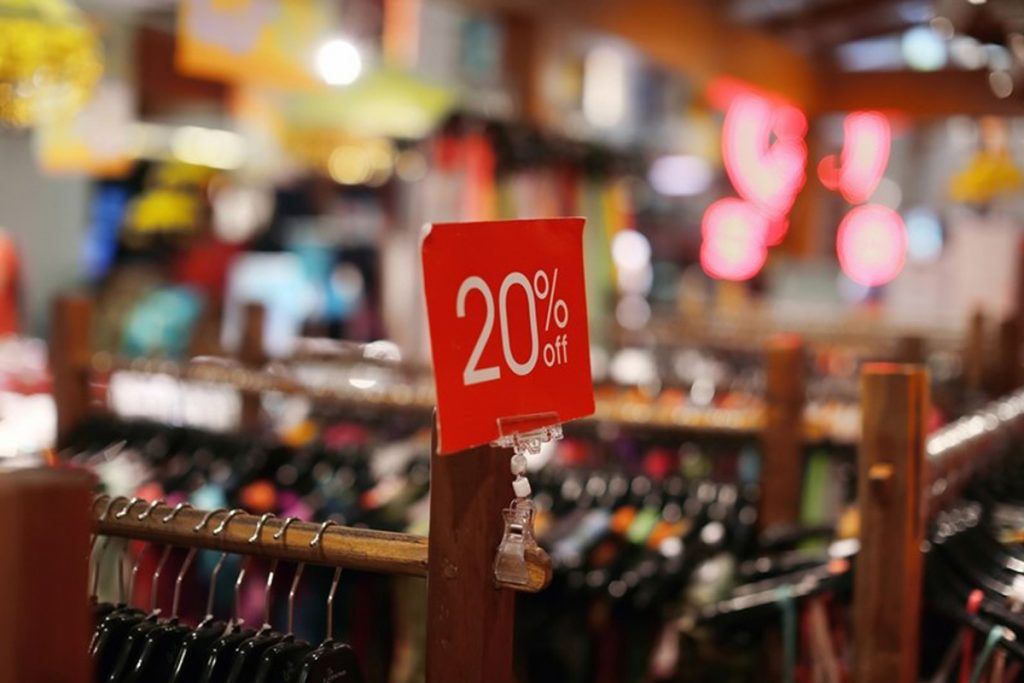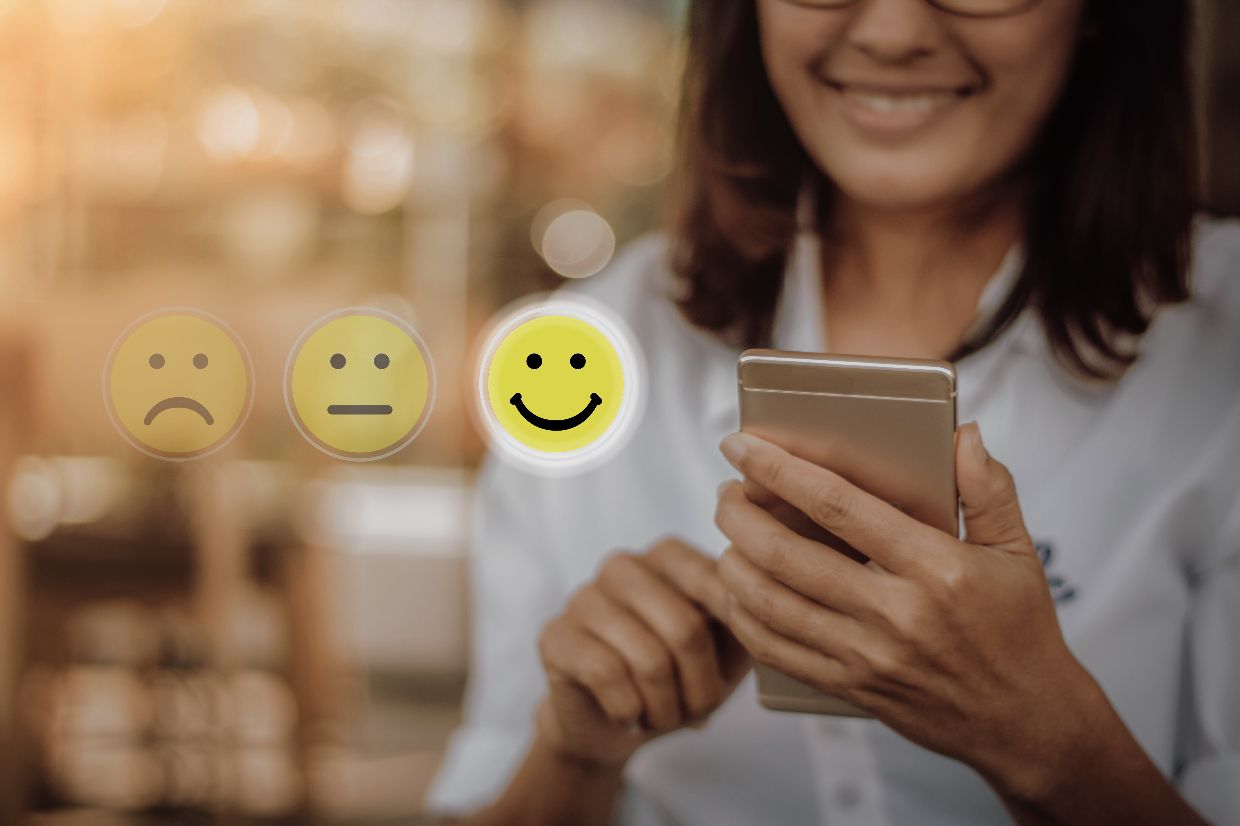Omnichannel has presented its fair share of challenges for retail brands, and striking the right balance between your online presence and physical stores is anything but easy. In the age of Amazon Prime and same-day shipping, it can be tempting to prioritize your digital channels over brick-and-mortar stores.
Don’t sleep on the importance of a cohesive, unified omnichannel presence that drives more online users to your physical stores, though. After all, 98 percent of millennials – the single largest consumer demographic today – still prefer shopping at local stores, according to a recent joint study from IBM and the National Retail Federation.
Local pages should complement brick-and-mortar locations, providing online visitors with the details and incentives needed to bring them to your physical stores. For large brands with an extensive national or international footprint, overseeing every single location page and ensuring they are fully optimized can be difficult. When it comes to local page optimization and customer engagement, the devil is truly in the details. There are some pretty simple mistakes brands make that could be costing them far more than they realize. Here are four missteps you should be keeping an eye out for:
1. Out-of-Date Store Information
The quickest way to infuriate a customer is to feed them inaccurate store information like erroneous hours of operation. Imagine driving all the way to a store to pick something up right before closing time only to discover they actually closed an hour earlier than what’s listed on their local page. Would you be inclined to continue giving them your business, or would you look for other options in the future?
Angry customers often vent their frustrations online through Yelp and Google Reviews, and those negative reviews could be the first impression of your brand for a prospective customer. A 2015 Bazaarvoice study discovered that approximately half of consumers are swayed by online reviews before deciding on a potential purchase.
Such simple mistakes reflect poorly on the brand overall, even when they only affect one store. Angry customers often vent their frustrations online through Yelp and Google Reviews, and those negative reviews could be the first impression of your brand for a prospective customer. A 2015 Bazaarvoice study discovered that approximately half of consumers are swayed by online reviews before deciding on a potential purchase. Such simple mistakes reflect poorly on the brand overall, even when they only affect one store.
Keeping store hours and other key information updated at all times is essential to facilitating the customer journey and guiding online users into local stores.
2. No Promotional Details
Any update related to a particular store should be reflected on its local page. This, of course, includes limited-time promotions like sales and other incentives. However, it’s not unusual for local pages to be missing this information, and stores could be losing out on potential revenue as a result.
If a customer is choosing between two competing retailers, a store-specific sale could easily be the deciding factor. Any incentive that could sway a customer to visit your stores should be plastered all over their local pages, if not the very first thing site users see. This goes for more general promotions as well. If your brand is running a promotional event across all of its stores, that information should be readily visible on every single local page.
3. Ignoring SEO
Search engine optimization is essential for omnichannel success. After all, if potential customers can’t even find your site, they’ll settle for a brand that’s more accessible. According to a 2017 Ignite Visibility study on Google search traffic, click through rates dropped off significantly from the top of the first page of search results (44.64 percent) to the top of the second (9.86 percent).
Every local page should adhere to SEO best practices, including the use of non-branded keywords and creating unique content for each site to increase ranking. There’s a lot of back-end work that goes into SEO, but a consultant can help with that. In the end, some tweaks to the HTML code can do wonders for site visibility.
4. Missing Out on Geotargeting
If your local pages aren’t taking advantage of geotargeting, they’re missing a golden opportunity to engage customers in their area. In a nutshell, geotargeting involves delivering advertisements, unique content and other information to online users based on their physical location. In execution, this may include an advertisement promoting a store’s sale appearing on your brand site when users from a particular area land on your page. Geotargeting can provide that extra incentive to get a consumer who’s doing a preliminary product search on your website to actually step foot into their local store – and brings them that much closer to making a purchase.
Ultimately, geotargeting is all about presenting brand messaging that’s more relevant to individual users. It’s just one of many ways to take advantage of location data to drive more business to your individual brick-and-mortar stores.






